Growing chickpea is very popular in India, and it is the most important pulse crop of India. Growing chickpea commercially is a good agribusiness in India. And India ranks first in the world in terms of total chickpea production. Haryana, Madhya Pradesh, Maharashtra, Punjab and Uttar Pradesh are the major chickpea producing states in India.
The chickpea (Cicer arietinum) is actually a legume of the family Fabaceae, subfamily Faboideae. It is one of the oldest pulse cash crops and cultivated throughout India since ancient times. Chickpeas are possibly the tastiest complete protein source out there with easy growing feature and lots of health benefits.
Chickpeas contain lots of fiber, and are known to balance your appetite. Chickpeas fuel the cells that line your intestinal wall.
Chickpea contains large amount of potassium, vitamin B3, Omega 6 and many other good things. It is used for both human consumption and also used for feeding to livestock animals. The straw of chickpea plants is an excellent fodder for cattle, goats or buffaloes, and the fresh green leaves are excellent as vegetable.
In India, the grains are also used as vegetable. The chickpea can be made into split pulse (known as Chana Dal), and flour (Besan). And a wide variety of snacks, sweets and dishes are made out of chickpea flour.
Origins
Exact origins of chickpeas are unknown. According to Wikipedia, domesticated chickpeas have been found in the aceramic levels of Jericho along with Cayonu in Turkey and in Neolithic pottery at Hacilar, Turkey. Mesolithic layers in a cave at L’Abeurador, Aude, have yielded wild chickpeas carbon dated to 6790±90 BC, in southern France.
The chickpeas were found in the late Neolithic (about 3500 BC) at Thessaly, Kastanas, Lerna and Dimini, Greece. It is one of the oldest pulse cash crops in India.
Other Names of Chickpea
Chickpea is also known by some other names such as Egyptian pea, garbanzo bean, garbanzo, Bengal gram, chick pea or simply as gram. It is known by many names in India in different regional languages. It is called Kabuli but in Assmese, Chhola/Kabuli chana/Kabuli but in Bengali, Kaabuli chana in Gujrati, Kabuli chana or Chhole in Hindi, Dadale Kaalu in Kannada, Vella kadala in Malayalam, Kabuli chane in Marathi, Kabuli chana in Oriya, Safaid chhole or Chane in Punjabi, Kadala in Sinhala, Kondai kadalai in Tamil, Boldu kadale in Talu, Senagalu or Budda sanagalu in Telugu and Tsane or Chanhe in Konkani.
How to Start Growing Chickpea
The chickpeas have a long growing season, requiring up to 100 days for harvesting. But growing chickpea is relatively easy. The plants grow easily and it’s it’s very easy to take care of them. However, here we are describing more information about growing chickpea from planting, caring to harvesting.
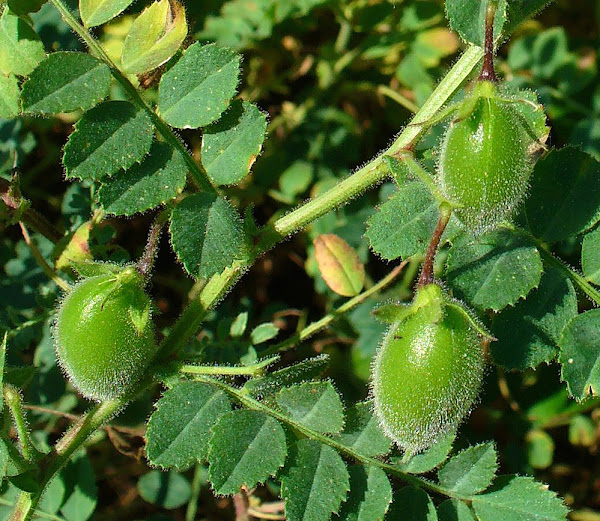
Select Location
First of all, you have to select a good location for growing chickpea. The chickpea plants can actually be grown on a wide variety of soils. But sandy loam to slightly clay soil is considered good for growing chickpea. The selected location must have to have good drainage system. Because the soil with water logging problems is not suitable for chickpea cultivation. pH level ranging between 5.5 and 7.0 is ideal for growing chickpea.
Prepare the Soil
Preparing the soil is very important for growing chickpea. Chickpeas require rough seed bed, and they don’t do well in very fine and compact seedbed. For preparing the soil, just plough the land only once and add fertilizers into it.
For commercial production apply 10-12 urea and 40-50 kg super phosphate per acre (although exact amount of fertilizers depends on soil test result). Please consult with an specialist or contact your local Krishi Vigyan Kendra for better recommendation.
Climate Requirements for Growing Chickpea
The chickpea plants grow very well under good moisture conditions. And the ideal temperatures for growing chickpea is between 24 ºC and 30 ºC. Although the plants can survive as low as 15 ºC and as high 35 ºC temperature. Annual rainfall of about 650 to 950 mm is ideal.
Best Time for Growing Chickpea
The chickpea plants grow very well in cool climate and it is actually a winter season crop. Sow the seeds from October 10 to 25 for growing chickpea under rainfed conditions. And sow the seeds from October 25 to November 10 under irrigated conditions.
Select a Variety
There are actually 2 main varieties of chickpea grown in India namely the Bengal gram and the Kabuli Chana. Each variety has different characteristics. The Bengal gram variety can be of black, brown, red or even purple colored. While the Kabuli Chana variety is beige colored.
There are also some high yielding and improved chickpea varieties available. The mostly cultivated and popular chickpea varieties include Avrodhi, BG-2024, BJD-128, Gaurav, Gora Hisari, Haryana Chana, KPG-59, Pusa-Dharwad, Pusa-112, Pusa-212, Pusa-240, Pusa 261, Pusa-372, Pusa-1103, RS-10, ST-4, Sadabahar, Uday, Vijay and many more.
You can choose any variety depending on it’s availability in your area. Also contact your nearest agriculture center for having good recommendation.
Purchase Seeds
Purchase good quality seeds from certified suppliers after selecting a variety. Chickpea farming is very common and the seeds should be easily available within your area. You can also consider ordering the seeds online.
Seeds Per Acre
On average, you will need around 15-18 kg chickpea seeds per acre. Although, exact amount can vary depending on the variety.
Planting
You can sow the chickpea seeds either directly into the field or in rows. For direct sowing, 40-50 plants are desirable per square meter for the Desi/Bengal gram varieties. And 25-35 plants per square meter is ideal for the Kabuli varieties.

In case of planting in rows, space the rows about 12-16 inches apart. And sow the seeds at least 4 inches apart. Sow the seeds to about 2 inches deep and water lightly after sowing the chickpea seeds. And the seeds should be treated with fungicide before sowing.
Caring
Additional caring is required for growing chickpea. Here we are describing more information about taking additional care of the chickpea plants.
Fertilizing: Applying additional fertilizer actually depends on the fertility of the soil. So, test the fertility of the soil and ask for help from your local agriculture office. In most cases, you don’t have to apply additional fertilizer if you have prepared the soil in the above mentioned ways.
Watering: The chickpea plants generally require less watering and they grow well in dry soil. And they can be grown mainly as rainfed crop. Although adequate and timely watering can ensure good yield. In case no rains, irrigation is required prior to flowering, at flowering stage and also during the pod developing stage.
Mulching: Mulching will help to prevent most of the weeds from your field, and it will also help to retain moisture into the soil. Try to use organic materials as mulch such as dry leaves, grass clippings, straw, hay or compost.
Controlling Weeds: Weeds consume nutrients from the soil. So controlling them is important. Firstly, remove the weeds from the field while preparing the soil. And then weed again, 4-5 weeks after sowing the seeds. You can either hand control the weeds or by hoeing.
Pests and Diseases
The chickpeas are susceptible to some common pests and diseases just like many other cash crops. Ascochyta blight, cutworms, gram pod borer, grey mold, rust, sclerotinia blight and wilt are some common pests and diseases for the chickpea plants.
Try to use organic methods first and then apply chemical methods for controlling these pests and diseases. Consult with an specialist in your area for having better recommendations.
Harvesting
Timely harvesting is very important for getting quality seeds. Generally, the chickpea crop will be ready for harvesting when the leaves of the plants turn reddish-brown and start shedding from the plants. Pluck the entire plant and then let them dry in sun for about a week. And then thresh either by using a machine or by beating the plants with sticks.
Yield
Exact yield can vary from place to place. And it depends on the practices for growing chickpea. On average, you can expect a yield between 2000 and 2500 kg per hectare.
Chickpea Nutrition
The chickpea is a very nutritious food, providing high amount of protein, dietary fibre, folate and certain dietary minerals (such as iron and phosphate). It has moderate amount of vitamin B6, magnesium, thiamin and zinc. Generally, a 100 grams serving of cooked chickpea provides 164 kilocalories. And the cooked chickpeas are about 3% fat, 9% protein, 27% carbohydrates and 60% water.
Uses of Chickpeas
The chickpeas are used in many different ways for many different purposes. Some common uses of chickpeas are listed below.
- The chickpea is used for human consumption in many different ways. Most commonly the chickpeas are boiled for up to 10 minutes and then simmered for a longer period.
- Chickpeas are commonly used in Indian cuisine. The dried chickpeas generally require long cooking time. But the cooking time can be shortened by soaking the seeds for 12-24 hours before using.
- Mature chickpeas can be cooked and eaten cold in salads, cooked in stews and ground into flour.
- Many popular dishes (such as mirchi bada and mirapakaya bajji) are prepared from the chickpea flour.
- Along with turmeric extract, chickpea paste is a known ingredient which is used for reducing facial hair problems in women.
- And the chickpeas are also used for feeding the livestock animals. And this grain serve as an energy and protein source for the livestock animals.
- The straw of chickpea plants is an excellent fodder for cattle, goats or buffaloes.
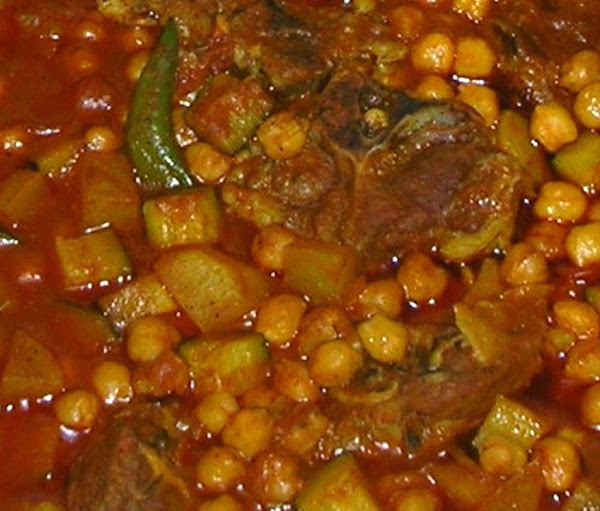
Health Benefits of Consuming Chickpeas
The chickpeas are considered very good for health. It has many health benefits. Some of the notable health benefits of consuming chickpeas are listed below.
- Chickpeas are a very good source of protein and energy.
- Chickpeas help in weight loss, because it is a good source of fiber.
- It helps in stabilizing sugar levels in blood.
- It may help in reducing LDL cholesterol, and considered good for your heart.
- The chickpeas have high iron content, thus it may boost energy levels.
- Consuming chickpea is also good for diabetic patients, because it has low glycemic index.
Chickpea is one of the most important cash crops in India. If you can do all these steps mentioned above, then you will definitely be able to make good profit form this business. And production costs are relatively less for growing chickpea. Hope you have enjoyed this guide. Good luck!

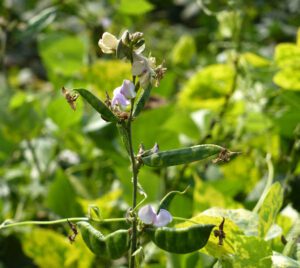
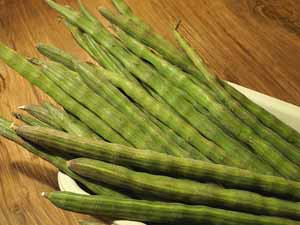

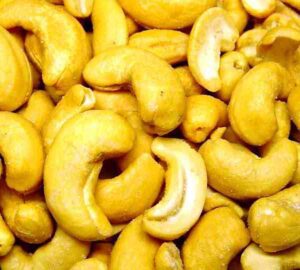

Chickpea farming has been much easier with the right guidance and products. With the tips shared in this blog, I was able to grow healthier crops. For farmers looking for quality inputs, Krishi Seva Kendra offers a variety of solutions that can help improve crop yields and plant health. Highly recommend checking out their range of products!
Visit us at [https://krishisevakendra.in/?utm_source=Rouys+Farm&utm_medium=ksk&utm_campaign=home+]